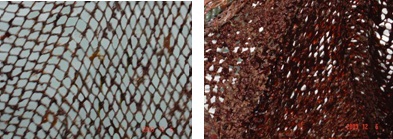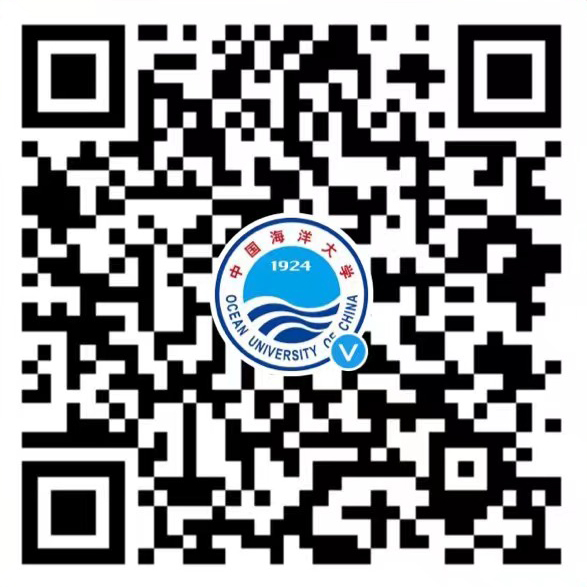The project falls into the field of marine antifouling coatings with the inter-disciplines of material science, marine science, and biology.
Up to now, the key materials and technologies concerning the marine antifouling coatings have been monopolized by several overseas companies.This project is aimed at the solution of the core issues of raw materials and critical materials, which severely pollute the environment, such as asphalt, DDT, or organotin. These are widely used in antifouling coatings, and available technologies are not well-developed. Given the environmental features of China’s seawater, we have invented environmentally-friendly antifouling coatings, as well as basic materials, such as antifouling and antifouling resin (its two key components) and the corresponding key technologies.
The major inventions involve:
1. Compared with the Capsaicinoids, the newly-developed structural monomer containing Capsaicinoids has the exclusive advantages of ease of synthesis, low cost, multifunctionality, and ease in polymerizing to macromolecules.
2. The newly-developed structural resin containing Capsaicinoids can inhibit marine biofouling while not releasing harmful substances.
3. The novel Isothiazolone breaks through the foreign patent barrier.
Ten national patents for invention have been obtained. As upgraded products, they have been applied to Class III maritime facilities in the seawaters of the Yellow Sea and the South China Sea. The technological level of the achievements and the main performance of the products all have reached advanced international levels, leading the antifouling paint industry into the environmentally-friendly developmental phrase, enabling a comparatively complete technical system to take shape. All these have facilitated the development of the marine economy and the protection of the marine environment.
It has won the second prize of the National Technological Invention Award in 2007.
The actual application effect of the antifouling paint on the net cage (six months)

Little biofouling when the antifouling paint is applied (L)
Marked biofouling when the paint is not applied (R)
The result of applying antifouling paint on the ship (two years’ experiment at sea)








